If you’ve wanted to know more about what inbound marketing is and how it can help your business, you’ve come to the right place.
After all, a well-executed inbound marketing campaign is key to attracting and engaging customers through valuable and relevant content.
In this post, I’ll show you the benefits and real-world examples of effective inbound marketing strategies so you can put them into practice.
Let’s dive in. We’ll start with a definition…
What is Inbound Marketing?
Inbound marketing is a content marketing strategy focusing on attracting and engaging potential customers through content creation and distribution.
Instead of going out and “pushing” your products or services on people, you can use inbound marketing to grab your audience’s attention and draw them in organically.
How do you grab their attention? By creating helpful content that talks about your buyer persona’s needs, their interests and the problems they’re facing.
What are the Benefits of Inbound Marketing?

There are several advantages to the inbound marketing methodology when trying to increase the return on investment (ROI) of your digital marketing campaigns. Some popular benefits of inbound marketing include:
- Increased website traffic
- Higher quality leads
- Better customer engagement
- Cost-effective marketing
- Enhanced brand awareness
- Long-term growth
Increased Website Traffic
Inbound marketing strategies like search engine optimization (SEO)and content marketing help attract more visitors to your website. By providing valuable content that addresses your audience’s needs and interests, you naturally attract a steady stream of organic traffic.
Higher Quality Leads
Since inbound marketing efforts tend to target individuals already interested in your content, the leads you generate will likely be high quality. These potential customers are genuinely interested in what you offer, increasing the chances of conversion.
Better Customer Engagement
Inbound marketing allows you to interact more with your audience. You can build stronger relationships and improve customer satisfaction by engaging with your customers through blog posts, social media and email marketing.
Cost-Effective Marketing
Compared to traditional marketing, inbound marketing is more cost-effective. Creating valuable content and using organic search can be more affordable than paid advertisements, giving you a higher ROI.
Enhanced Brand Awareness
Consistent, high-quality content creation helps establish your brand as an authority in your industry. Your brand’s visibility and reputation will grow as more people find and share your content.
Long-Term Growth
Inbound marketing work is designed for sustainability. Laying a solid foundation with inbound marketing content will give you long-term consistent growth.
What are the Key Components of Inbound Marketing?
Inbound marketing is made up of different stages that work together to attract, engage and delight your audience. These steps guide potential customers through the buyer’s journey, from initial awareness to becoming enthusiastic supporters of your brand.
Attract

The first step in inbound marketing is attracting the right audience to your content. You can do this with SEO, content marketing and social media marketing. When your content reaches the right audience, it helps increase your visibility and drives more targeted traffic to your website.
Convert

Once you’ve attracted visitors to your site, the next step is to convert them into leads. Usually, you offer something of value, such as a free ebook or a webinar, in exchange for their email address. This exchange builds a relationship with potential customers and opens the door for further engagement via email marketing.
Close

The goal is to convert leads into customers. This is where lead nurturing comes into play, as you stay in touch with leads and guide them through the sales funnel. Providing personalized content and offers can help move leads closer to a purchase.
Delight

The final building block of inbound marketing is delighting your customers. Happy customers become repeat buyers and brand advocates. You can achieve this with great customer service and post-purchase follow-ups.
How do You Create an Effective Inbound Marketing Strategy?
An effective inbound marketing strategy isn’t complicated to create, but there are some essentials. Here are eight techniques you can use.
1. Know Your Audience Inside and Out

You must understand your ideal customer to build a successful inbound marketing strategy. You’ve got to know your audience’s goals, challenges, interests and behaviors. That’s the only way to create helpful content that addresses their specific needs.
Sephora excels at understanding its customers. They know their audience values personalized beauty advice and product recommendations. Thanks to the Beauty Insider program and online community, they can gather valuable customer insights and create tailored marketing campaigns.
Perform audience research using surveys, interviews and data analysis to gather information. That will help you craft targeted content and campaigns that connect with your potential customers.
2. Create High-Quality, Relevant Content

There’s an old adage that content is king. But it’s not just any content — your content needs to be top-tier, highly relevant and directly address your audience’s needs and interests.
Canva is a great example.
They offer an array of tutorials, templates and design tips. By providing valuable resources, Canva turns users into loyal brand advocates who stick around even as new competitors pop up.
High-quality content builds trust and establishes your authority. When your content resonates with your audience, it encourages more shares, backlinks and interactions. This, in turn, boosts your SEO and increases social media engagement.
3. Optimize for SEO to Draw Organic Traffic

Think of SEO as a guiding light leading potential customers to your content. SEO helps you rank higher on search engine results pages, making it easier for your audience to find you.
Ahrefs is a company known for its SEO tools. It also publishes in-depth blog posts and tutorials that rank well due to its strategic use of keywords and high-quality content.
But effective SEO isn’t just about scattering keywords throughout your content. You should understand what your audience is searching for and provide the best possible answers to their problems and concerns.
4. Leverage Social Media to Engage and Grow Your Audience

With over half the world’s population active on social media, these platforms offer a powerful stage for your inbound marketing efforts. However, effective social media marketing goes beyond sharing content. You need to engage with your audience.
Take Wendy’s, for example.
Known for its witty and engaging social media presence, Wendy’s uses humor and clever interactions to engage with its audience. They’ve created a distinct brand personality, a strategy that has significantly increased their brand visibility and customer engagement.
Wendy’s understands successful social media marketing involves more than gaining likes or followers. They work hard to create memorable conversations and relationships.
5. Harness the Power of Email Marketing
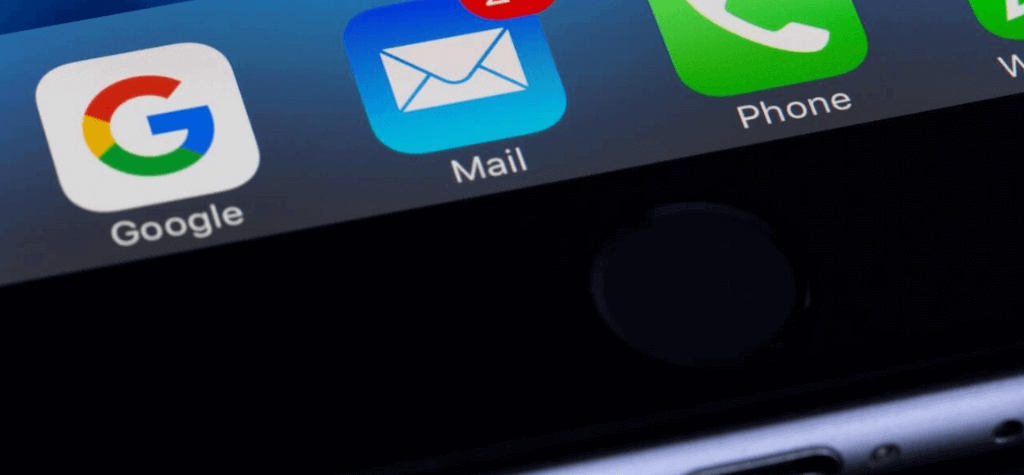
If you think email marketing is outdated, think again. Email marketing boasts an impressive ROI for every dollar spent, so it should be a primary part of your inbound marketing strategy.
Bu email marketing is not about sending promotional content and hoping for the best. Effective email campaigns deliver value, build relationships and guide your leads through the sales funnel.
Look at The Hustle, a small media company that sends a daily email newsletter packed with engaging and valuable content. Their emails include industry news, insights and humor, keeping their audience informed and entertained.
Mastering email marketing allows you to nurture leads and boost conversions. It’s a powerful part of inbound marketing methodology.
6. Track and Analyze Your Results

So, you’ve crafted your inbound marketing strategy and put it into action. Great! But how do you know if it’s actually working? You have to measure your results.
Consider Groove, a small customer support software company. Groove tracks metrics like website traffic, conversion rates and customer engagement. By analyzing this data, they can determine which strategies are effective and which need adjustment.
Measuring your results (with tools like Google Analytics) allows you to assess the effectiveness of your inbound marketing work so you can make data-driven decisions.
7. Tailor Your Marketing to Each Customer

Say goodbye to traditional marketing messages. Today’s savvy shoppers crave personalized experiences and adding personal touches to your marketing efforts will make your audience feel like VIPs.
The beauty subscription service Birchbox is an example. Birchbox tailors its product recommendations and email content based on each subscriber’s beauty profile and previous purchases, creating a unique shopping experience.
Customized marketing campaigns help you stand out. You’ll also increase customer engagement and boost conversion rates.
8. Leverage Influencer Marketing to Expand Your Reach

Influencer marketing isn’t about getting celebrities to pose with your product. You need to find influencers who fit with your brand and whose followers match your target audience.
One example is MVMT, a watch and accessories brand. MVMT collaborated with lifestyle influencers who showcased the brand’s minimalist designs in everyday settings, driving massive brand awareness and sales.
When done right, influencer marketing can turbocharge your inbound marketing strategy. You can tap into new audience segments, build trust and generate excitement around your brand.
The key is to find the right influencers who align with your brand’s values and can authentically promote your products to their followers.
What are Examples of Inbound Marketing?
Inbound marketing uses various tactics to attract, engage and delight your audience. These methods help you create connections with potential customers and foster long-term relationships.
Here are a few examples of popular inbound marketing strategies.
Blogging

Blogging is a cornerstone of inbound marketing. Publishing high-quality blog posts can attract visitors to your website, establish authority in your industry and provide value to your audience.
Effective blogging means creating content that addresses the needs and interests of your target audience, using SEO best practices to improve visibility, and encouraging engagement through comments and social sharing.
Real-World Example: Buffer

Buffer, a social media management platform, uses its blog to provide valuable insights and tips on social media marketing. Its blog posts are informative, well-researched and tailored to the needs of its audience. The posts drive traffic, generate leads and position Buffer as an authority in the industry.
Webinars

Webinars are a powerful inbound marketing tool that allows businesses to engage with their audience in real-time.
Hosting webinars can help you share valuable content and demonstrate your expertise. You can also interact with participants through Q&A sessions. It’s a great way to build trust and credibility while generating high-quality leads.
Real-World Example: Moz
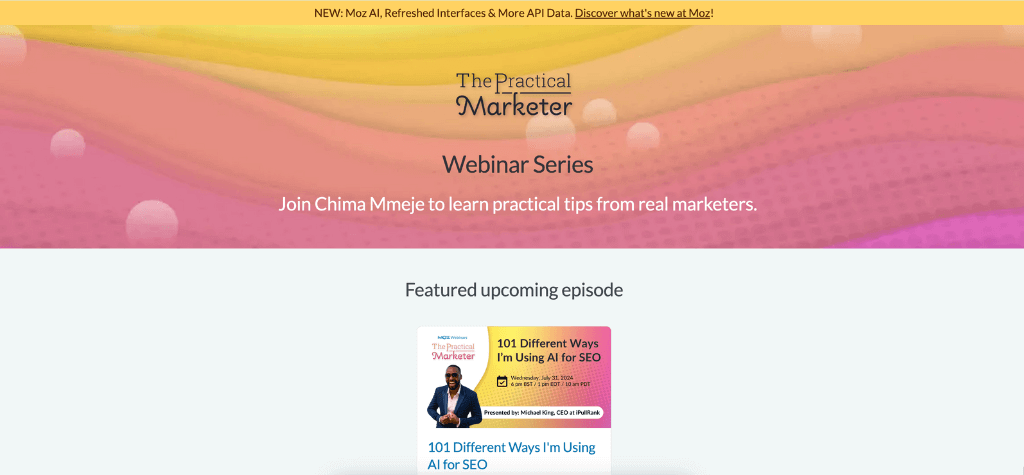
Moz, an SEO software company, regularly hosts webinars on a range of topics related to search engine optimization. These webinars feature industry experts who share insights, strategies and best practices, attracting a wide audience of marketers and business owners.
By offering a variety of content on different topics, Moz positions itself as a leader in the SEO industry and builds a community of engaged followers.
Podcasts

Podcasts are an excellent way to reach and engage your audience through audio content. In producing podcasts, you can share information, insights and stories in an accessible format for listeners on the go.
Real-World Example: Basecamp

Basecamp, a project management and team collaboration software company, runs a podcast called “Rework.” The podcast covers a variety of topics related to business, productivity and work culture, featuring interviews with experts and thought leaders. By providing thoughtful and relevant content, Basecamp attracts potential customers who resonate with its values and approach.
Videos

Video is a versatile and highly engaging inbound marketing tool that can capture your audience’s attention and convey complex information in an easily digestible format.
You can use videos to showcase products, share customer testimonials, provide tutorials and tell stories. You can then share your videos across various platforms, including your website, social media and YouTube, to reach a broad audience.
Real-World Example: Blendtec
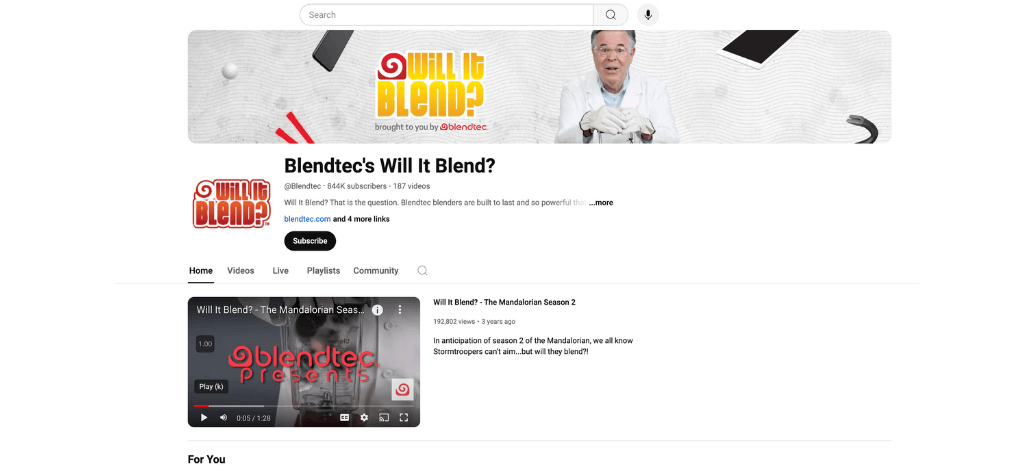
Blendtec, a blender manufacturer, gained significant attention with its “Will It Blend?” video series. In these videos, the founder demonstrates the power of Blendtec blenders by blending unusual items like smartphones and golf balls.
The entertaining and visually engaging content showcased the product’s capabilities. It attracted millions of viewers, driving brand awareness and boosting sales.
Are You Ready to Try These Inbound Marketing Strategies?
Inbound marketing offers many ways you can attract and engage your ideal customers.
The question…
Which tactic is your favorite?
Share your thoughts in the comments below!
Before you go…
Get Instant Access to my FREE Dopamine Button Guide!
Inside, you’ll discover 3 little-known brain hacks that skyrocket your course engagement & sales…
Here’s the thing: the “old way” of designing and launching courses just isn’t cutting it anymore.
If you want to attract students who buy and keep buying (not to mention send referrals your way!)…
You need to do things differently.
Enter the Dopamine Button — the super-secret button in your students’ brains that you can leverage to create incredible results for them AND repeat sales for you.

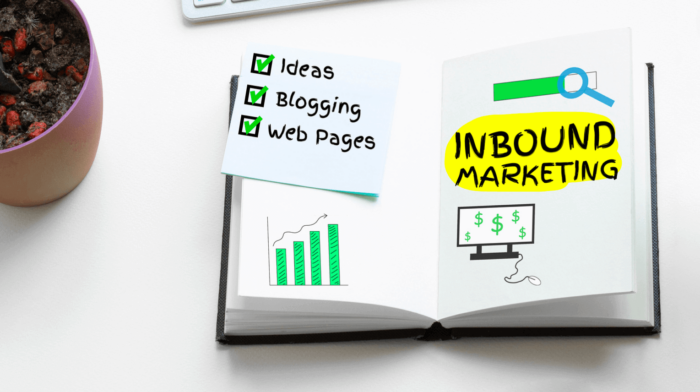


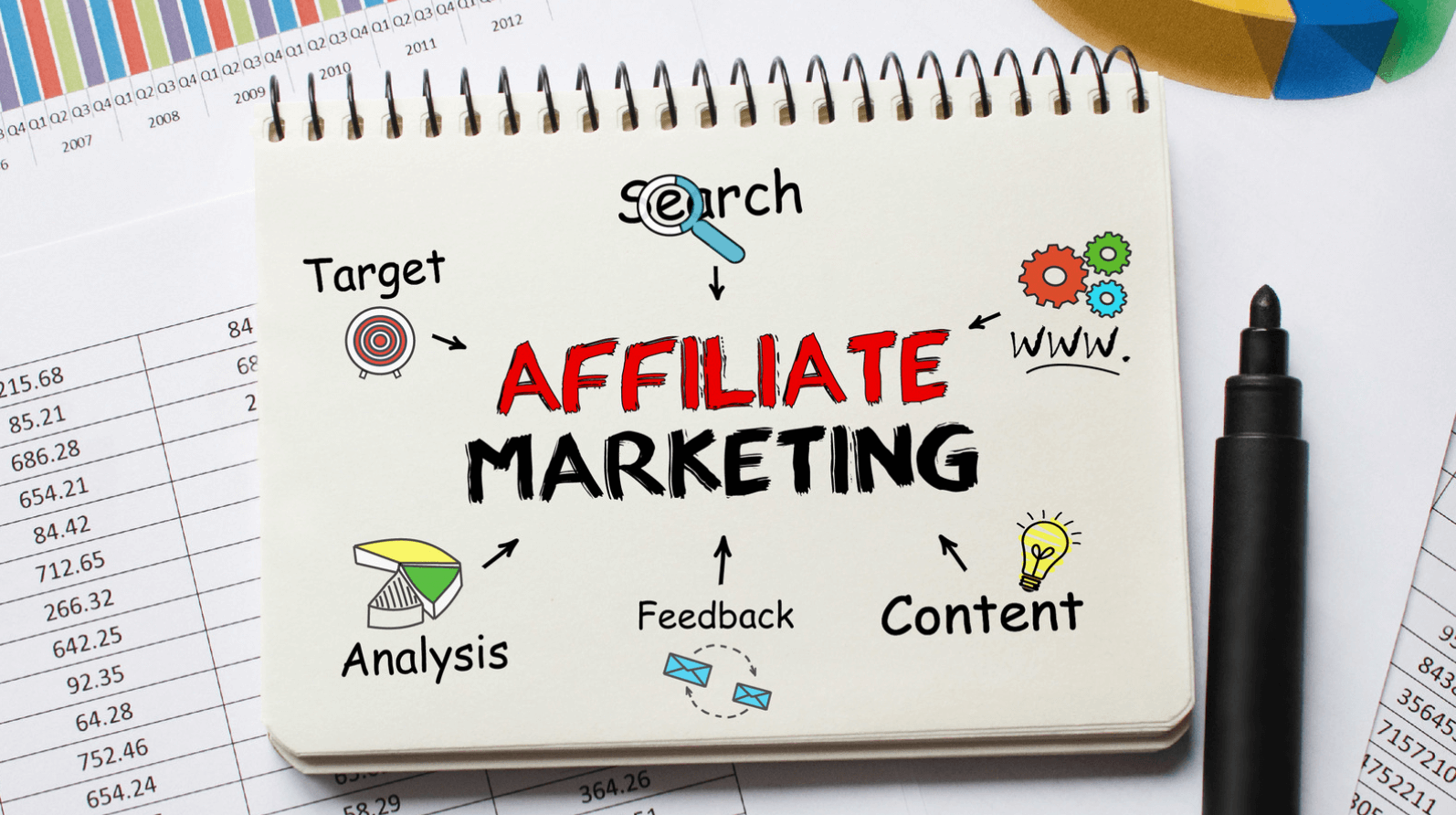





















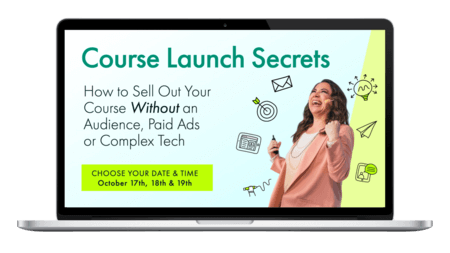
Leave a Comment